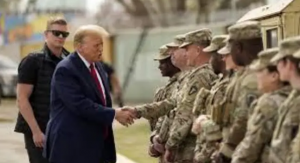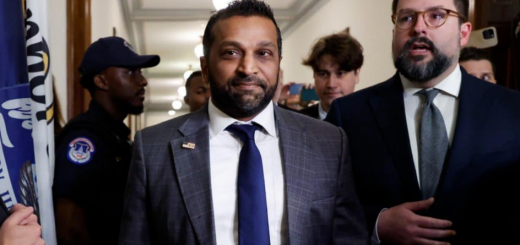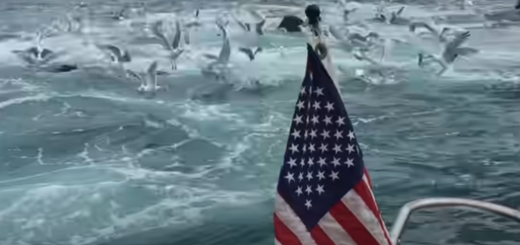200 U.S. Marines Deployed to Assist ICE Amid Public Outcry
In a move that has ignited both policy debate and community concern, the U.S. military is sending approximately 200 Marines to Florida to support the U.S. Immigration and Customs Enforcement (ICE) — but not in combat or law-enforcement roles.
What’s happening?
Earlier this summer, the U.S. Northern Command (NORTHCOM) announced that about 200 Marines from Marine Wing Support Squadron 272, based in North Carolina, are deploying to Florida to provide “administrative and logistical support” for ICE operations.

These troops are under Title 10 status, meaning they remain active-duty and subject to the federal chain of command.
They are explicitly barred from performing arrests or being involved in the custody chain of detainees.
Why it’s controversial
Blurred lines: The deployment has raised questions about the boundary between military and civilian enforcement.
While officials stress that the Marines won’t be enforcing immigration laws, their presence in an immigration-enforcement context is raising eyebrows.
Public perception & trust: Communities already wary of immigration enforcement express concern that uniformed service members inside ICE operations may feel intimidating – even if they’re not performing arrests.
Legal questions: The move touches on issues tied to the Posse Comitatus Act, which places limits on domestic military involvement in civilian law enforcement.
Though the troops here aren’t executing law-enforcement duties, the optics and implications matter.
How it fits the bigger picture
This is the first “wave” of what may become a larger mobilization. Up to 700 Department of Defense personnel have been authorized to support ICE operations in Florida, Texas and Louisiana.
The Marines’ assigned tasks are “strictly non-law enforcement”: data entry, vehicle maintenance, transport coordination, and other low-contact support functions.
Final take
On paper, this deployment seems innocuous: no guns drawn, no arrests made, no direct detainee contact. But the symbolism is powerful.
When service members in uniform enter civilian enforcement contexts, even as support, the lines of domestic military involvement shift.
If the government successfully manages the legal, operational and public-trust elements, this could be seen as a modern model of civilian-military support.
If mismanaged, it may set a precedent some critics find troubling.




























